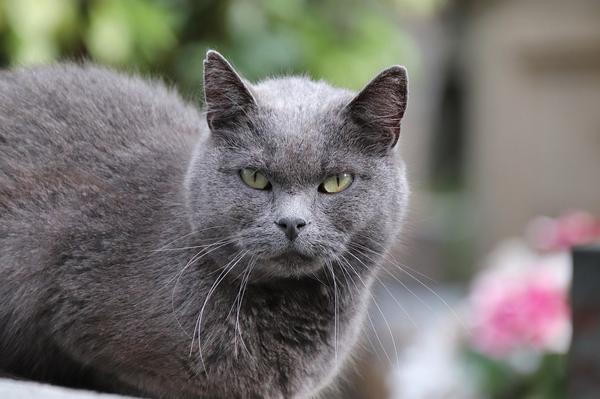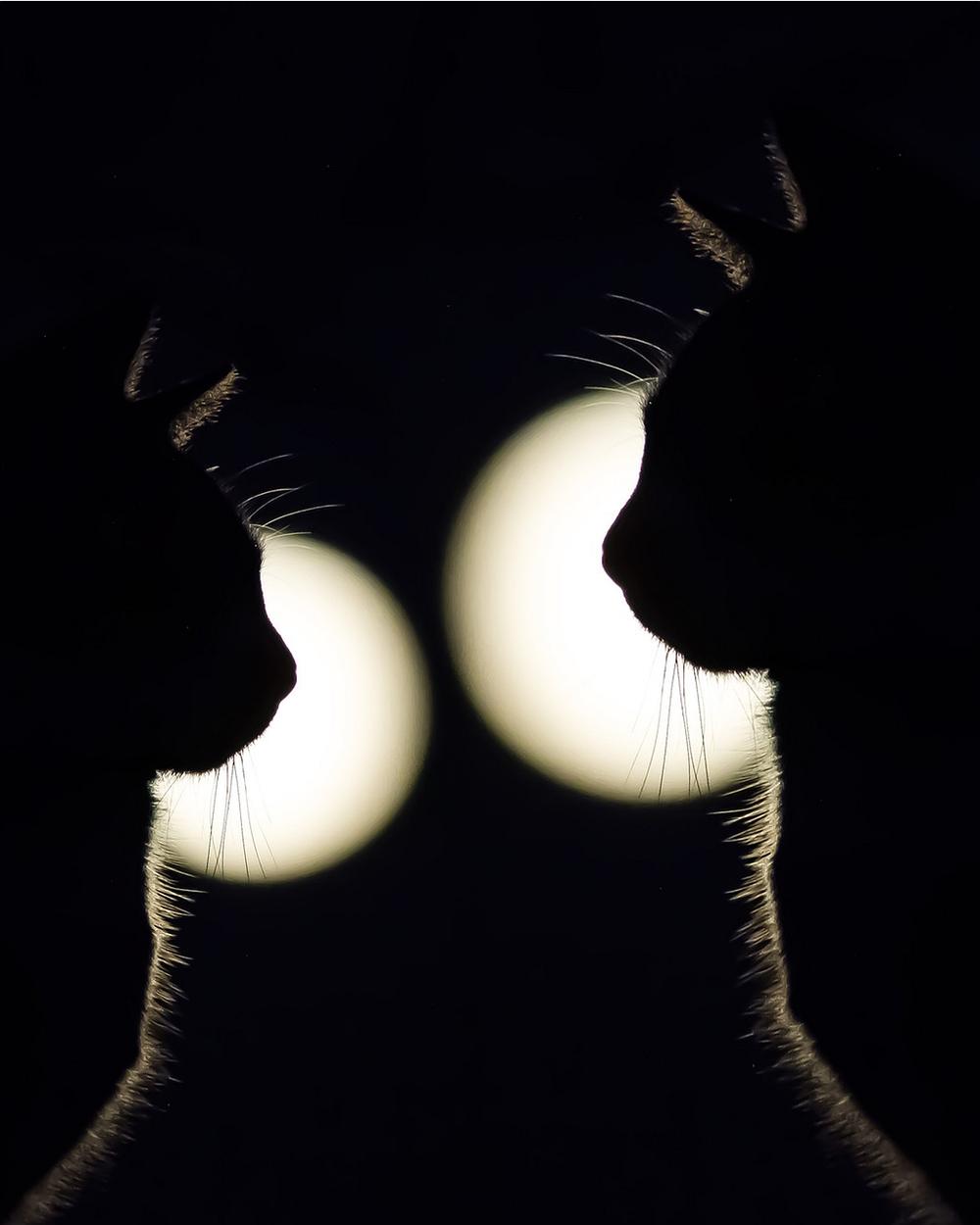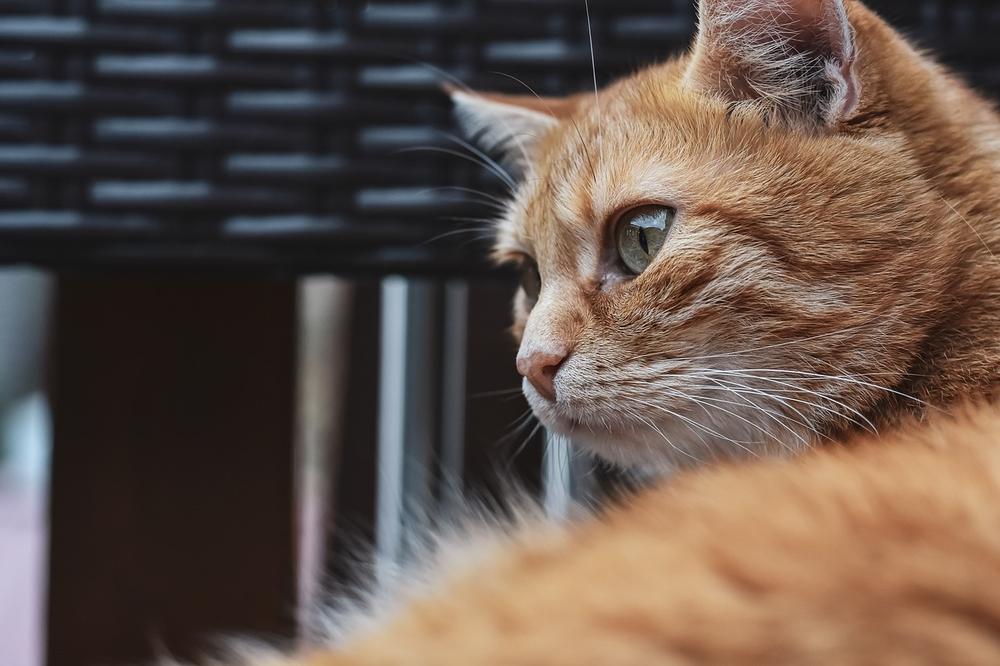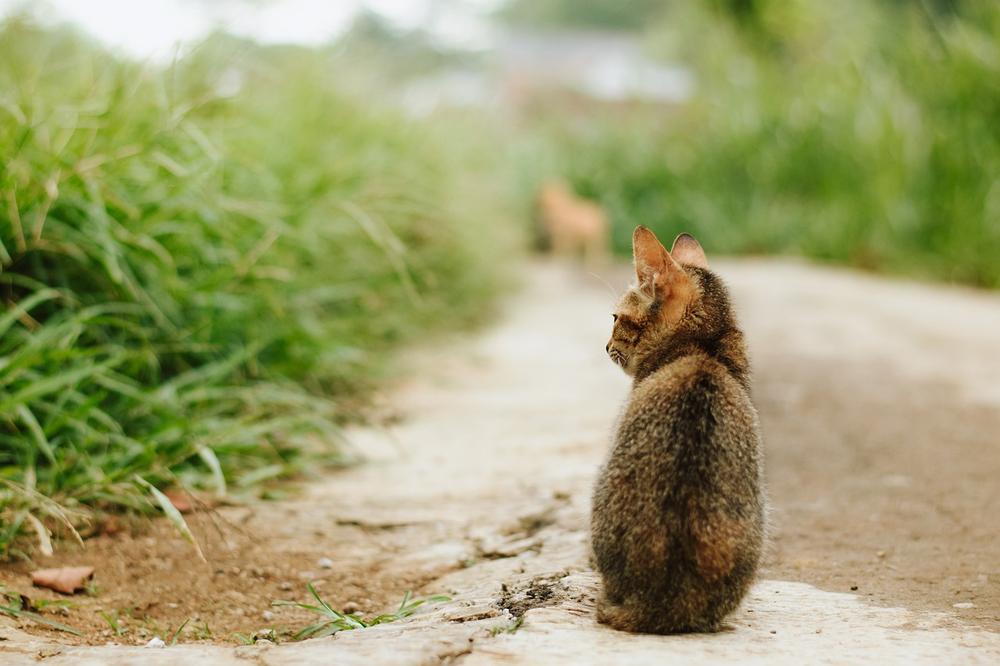Why Do Cats Yowls at the Other

Ever wondered why cats yowl at each other?
Are you concerned about potential cat fights or feeling a bit distressed?
I feel ya, believe me.
You're not alone in this feline frenzy.
So, let's unravel the mysteries together and discover what's really going on.
Ready? 😺
Let's dive in.
Why Do Cats Meow at Each Other?
Cats meow at each other to establish dominance and hierarchy within their social group. Female cats also meow in distinctive ways when they're in heat, while male cats respond with unique vocalizations. This meowing system allows cats to communicate their intentions and desires to each other.
Cats meow at each other as part of their feline language.
Well, there are different reasons why cats exchange meows with each other.
One reason is to establish dominance and hierarchy within their social group.
It's like a polite way of saying I'm the boss around here.
But that’s not all...
Female cats also meow in distinctive ways when they're in heat.
They make sounds that can be compared to a symphony. That's the love version of cats:

Love meows!
The male cats are quick to respond though. They put on their own show with unique vocalizations.
It's a bit like improv jazz between them – vibrant and wild!
While we may not understand or speak this feline dialect, cats have developed this meowing system to communicate their intentions and desires to each other. Cats truly have their own special way of bonding and interacting.
Who knew these fluffy creatures had such complex conversations?
In conclusion, if you're interested in diving deeper into the fascinating world of feline behavior, I encourage you to explore my article on why cats engage in this intriguing behavior.
Understanding the common reasons behind why cats meow at each other can shed light on their intricate communication system.
Discover the secrets behind this behavior by visiting my blog post Why Cats Lick Each Others Bums.
Common Reasons for Cat Yowling
When your cat is yowling, you ought to understand why.
Here are five common reasons for cat yowling:
- Medical Issues: Yowling can be a sign of pain or discomfort, so it's crucial to rule out any underlying health problems by visiting the veterinarian.
- Hunger and Thirst: Cats may yowl when they're hungry or thirsty. Make sure to provide them with proper nutrition and keep their water bowls filled at all times.
- Attention Seeking: Some cats yowl simply because they want your attention. Engage in interactive play sessions and give them plenty of love and affection throughout the day.
- Boredom and Loneliness: Lack of stimulation can lead to excessive yowling. Provide toys, scratching posts, and windowsills for your cat to observe the outside world.
- Anxiety and Stress: Environmental changes, new family members, or other pets can cause anxiety in cats, leading to yowling. Create a calm and secure environment and consider using pheromone sprays or diffusers to help reduce stress.
Understanding your cat's yowls will help you address the underlying causes and provide appropriate solutions. Remember, each cat is unique, so observe their behavior and consult with a professional if necessary. 🐱
But have you ever wondered why cats meow in the first place?
Understanding their language is essential for a strong bond between you and your feline friend.
Let's dive deeper into the different reasons behind their meows and how you can decode their messages!
Understanding Why Cats Meow
Cats yowl to express their desires, discomfort, hormonal changes, danger warnings, insecurity, and confusion. Understanding their meows helps prevent excessive yowling and strengthens the bond with your cat. Responding appropriately by fulfilling their needs fosters a happier relationship filled with love.
Cats yowl at each other for many reasons, and lucky for you, they also use this communication method to talk to you.
So why do cats yowl?
Well, let's break it down:
First, cats might yowl to tell you what they want or need.
It could be food, attention, playtime, or just access to certain areas of the house.
Think of them as small, fluffy negotiators!
What's more, cats yowl to let you know if something isn't right.
They could be in pain or discomfort and trying to get your attention.
It's like they're saying, "Hey, help me out, something's not okay!"
Hormonal changes can also make cats yowl, especially during mating season when they want to attract potential mates.

They're basically saying, "Hey, I'm available and ready to mingle!"
And guess what?
Danger warnings, insecurity, desire for attention, and even feeling confused can all lead to yowling too. They're just trying to grab your attention and communicate their needs.
Now, how you respond to your cat's yowls is crucial.
Understanding their language and knowing why they're meowing will help prevent excessive yowling and strengthen your bond with them.
When your cat yowls, take a moment to understand the situation and fulfill their needs.
Whether it's providing food, playtime, or simply giving reassurance, meeting their message appropriately will make both you and your furry friend happier.
Yowling isn't enjoyable for cats or their owners, so make sure to listen attentively and respond with care to your feline companion.
By doing so, you'll develop a deeper understanding of your cat's needs and create a stronger relationship filled with love.
And now, let's dive deeper into the intriguing world of cat communication and explore why these adorable creatures use meowing as a means to connect with their ever-attentive human companions.
Believe it or not, there is so much more to learn about how cats express their needs and ensure they receive the attention they crave from you!
Why Do Cats Meow at Humans?
Cats meow at humans for a reason, my friend.
It's all about communication and attention-seeking.
Whether they're hungry, wanting some lovin', or yearning to go out or come in, cats use their vocalizations to convey their needs.
They've got various ways of doing it too.
Some cats may let out a thunderous yowl that can wake the neighbors, while others may simply give a soft little meow to get your attention.

Purring is yet another way cats express themselves.
But let's get back to meowing, shall we?
When a cat lets out a meow, it's not just making noise for the sake of it. There's always a purpose behind it.
Those adorable creatures are masters at using meows to communicate their wishes and ensure you understand what they want.
So pay attention when your furry companion starts meowing!
They just want to be heard and understood.
The Reason Behind Cats Trilling at Each Other
Cats trill at each other as a friendly way to communicate, showing interest and establishing positive connections. They also trill at humans and other animals, like squirrels, to engage and initiate play. Embrace the adorable trilling sounds of your kitty and their furry pals.
Cats trill at each other, and let me tell you, it's the cutest thing ever.
Trilling is basically that chirping noise they make, and it's a way for cats to communicate. They do it when they're excited, happy, or trying to get your attention. It's like their version of saying hey!
But here's the interesting part...
When cats trill at each other, it's usually a friendly gesture.
It's their way of showing interest, initiating play, or establishing a positive connection.
Just imagine little kitty friends having a conversation through trills - adorable.

And get this...
It's not just other cats that get in on the trilling action. Cats will trill at humans or even other animals, like squirrels.
Yes, you read that right.
Squirrels... Can you picture a cat trilling at a squirrel?
I know, mind blown.
So next time you see your kitty making those cute trilling sounds, remember that they're just being friendly and trying to engage with you or their furry pals.
Embrace the trill, my friend.
Reasons for Kitten Meowing
Kittens meow to express their basic needs like hunger, discomfort, or loneliness.
It's their way of communicating with you.
When they're cold or hungry, they use meowing as a signal for their mother.
It's their primary mechanism for effectively conveying these messages.
So when you hear them meow, pay attention because they're trying to tell you something important.
Take care of their needs and give them the love and affection they crave. Your response can make all the difference in ensuring their well-being and happiness. Remember, you hold their world in your hands.
Preventing Future Conflicts Among Cats
If you want to stop your cats from fighting, here's what you can do:
- Give each cat their own stuff – food bowls, water dishes, litter boxes, and perches. This way, they won't fight over resources.
- If you're adding a new cat to the mix, do it slowly. Don't make the tension worse by throwing more kittens in there. Also, think about how it might affect the local bird population.
- When you see potential conflicts brewing, distract them. Clap your hands or spray them with water to break up the tension and create a more peaceful atmosphere.
- Deal with fights step by step. Follow a schedule that reduces stress and gradually integrates the cats. This will help prevent aggression.
- If the aggression continues, consider separating or rehoming the cats. You need to prioritize their safety and well-being. Talk to a professional if you need to and explore ways to reduce anxiety.
- Stay out of physical fights yourself. Let the cats handle it and keep a safe distance. Spaying and neutering can also help reduce territorial aggression.
- Sometimes loud noises or water can put an end to fights. Just remember not to use punishment, as it'll only make things worse.
- Pay attention to how much your cats are vocalizing. Try to figure out why and address any underlying issues. By finding solutions to triggers, you can minimize conflicts.
- If other cats try to intrude, let your resident cats handle the situation if possible. Using water or a hose can discourage them from coming back.
- Be modern and humane when trying to curb meowing. Avoid outdated and harmful practices. And make sure cat flaps are monitored to keep other cats out and avoid conflicts.
By following these strategies, you can be proactive in preventing future fights between your cats and create a peaceful home for all of them. 😺
Go to the Vet if You're Concerned About Cat Yowling
If your cat is yowling excessively, you should consult a vet. Don't ignore potential health issues that may be causing distress. Sudden changes in meowing behavior could indicate discomfort or pain requiring medical attention. A vet visit can uncover underlying medical conditions and ensure your cat's well-being.
If your cat is constantly yowling, you need to make an appointment with a veterinarian.
It is crucial not to disregard potential health problems that may be causing the distress.
Any sudden changes in meowing behavior should be taken seriously because your furry companion might be experiencing discomfort or pain that requires medical attention.
Determining that there are no underlying issues is important.
Keep in mind that excessive vocalization can indicate underlying medical conditions.
Do not hesitate to seek professional assistance if needed.
Visiting a vet can provide valuable information about the true reason behind the behavior.
Specific health concerns may arise for older cats.
Overactive thyroid and kidney disease are among the possible causes of all that yowling.
By addressing these problems early on, you can help maintain your cat's in essence health and ensure their comfort.
Caterwauling may not solely be a behavioral problem.
Physical problems such as digestive issues or arthritis, as well as systemic medical conditions like thyroid disease or kidney dysfunction, could be the primary cause.
To err on the side of caution, consult your veterinarian.
Preventing Cat Fights: A Summary for Owners
Key Takeaways:
- Female cats yowl in strange noises to attract males during heat.
- Cats yowl to protect their territory and assert dominance.
- Yowling is a form of vocalization used by cats to express various emotions.
- Yowling can be a sign of stress or desire for attention.
- Older cats may caterwaul out of frustration and disorientation.
- Understanding cat behavior and vocalizations allows for a closer bond.
- Cats meow at humans to communicate their needs and desires.
- Trilling is a natural way for cats to seek attention or show interest.
- Kittens meow to communicate with their mother when in need.
- Proper management and training can help minimize conflicts between cats.
- Changes in vocalization or aggression may indicate a medical problem.
And that wraps up today's article.
If you wish to read more of my useful articles, I recommend you check out some of these: Male Cat Attacking Pregnant Female, Why Does My Cat Purr and Bite Me, Stray Cat Meowing Loudly at Night, Cat Hump Dog, and Why Do Female Cats Roll Around After Mating
Talk soon,
-Sarah Davis